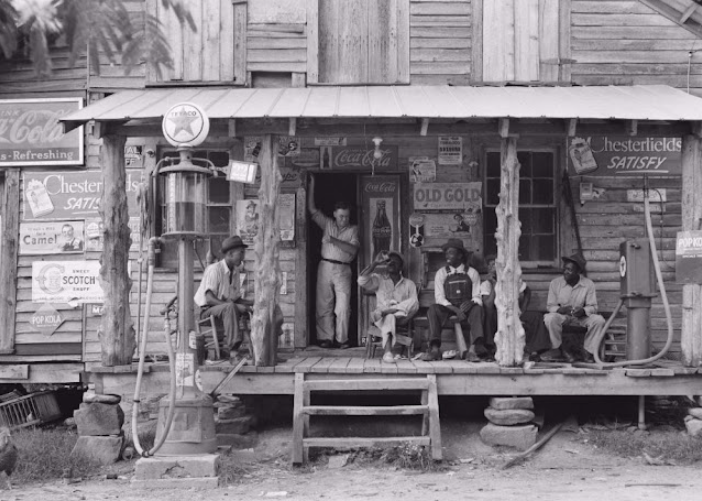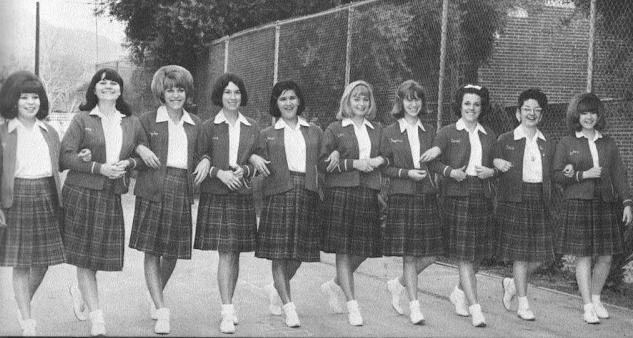Saul Leiter (1923-2013) was born in Pittsburgh, the son of an internationally renowned Talmudic scholar. Leiter's interest in art began in his late teens, and though he was encouraged to become a Rabbi like his father, he left theology school and moved to New York to pursue painting at age 23. In New York, he befriended the Abstract Expressionist painter Richard Pousette-Dart, who was experimenting with photography. His friendship with Pousette-Dart and soon after, with W. Eugene Smith, expanded his interest in photography.

By 1948 Leiter had begun to experiment in color, largely using Kodachrome 35 mm film past its sell-by date. He made an enormous and unique contribution to photography with a highly prolific period in New York City in the 1950s. His abstracted forms and radically innovative compositions have a painterly quality that stands out among the work of his New York School contemporaries. Leiter’s use of color is often attributed to his enduring interest in painting.

A pioneer of color photography and a talented image-maker, Leiter sought neither fame nor commercial success. “I’ve never been overwhelmed with a desire to become famous.” Leiter told TIME. “It’s not that I didn’t want to have my work appreciated, but for some reason – maybe it’s because my father disapproved of almost everything I did – in some secret place in my being was a desire to avoid success.” Instead, he slinked through New York’s city streets capturing moments of beauty within the ordinary: bright umbrellas, faint reflections, neon advertisements, rain-washed cars and snowy junctions.


























